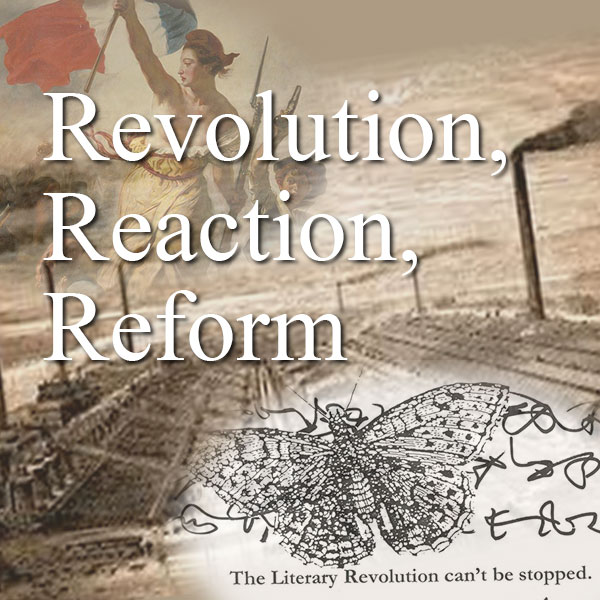Narnia took place in london. the plot took place in 1900s and is in the grassy meadows of london. though i thought most of london was city life and not very rural the story and setting of nanrnia showases cmplete otherwise as battles taake place in large mountains over wide plains. kubla kahn took place in china and narnia in london. though they are distant places they both have very strategic priciples for how they eorship their kings and principles. this being refelcted briefly in both stories.
London was where the plot of narnia unfolded and china was where kubla kahn lived.
Created by arrion howard on Thu, 03/18/2021 - 04:22; moved by ALG, 3/18/21.

 British Literature II: Revolution, Reaction, Reform examines British literature from the late eighteenth century to the present, a period that witnessed the American and French Revolutions, slave revolts such as the Haitian Revolution, a “revolution in female manners,” the Industrial Revolution, the twentieth-century revolutionary wave in Europe, as well as World War I and World War II, and, of course, artistic revolutions. We will consider how the authors and literary works of this period might be reacting to change, advocating for reform, or participating in literary revolutions—whether revolution is understood in the sense of “revolving” or of “revolting,” going full circle to return to a previous (more perfect?) time or experiencing/effecting a great alteration or rupture.
British Literature II: Revolution, Reaction, Reform examines British literature from the late eighteenth century to the present, a period that witnessed the American and French Revolutions, slave revolts such as the Haitian Revolution, a “revolution in female manners,” the Industrial Revolution, the twentieth-century revolutionary wave in Europe, as well as World War I and World War II, and, of course, artistic revolutions. We will consider how the authors and literary works of this period might be reacting to change, advocating for reform, or participating in literary revolutions—whether revolution is understood in the sense of “revolving” or of “revolting,” going full circle to return to a previous (more perfect?) time or experiencing/effecting a great alteration or rupture.